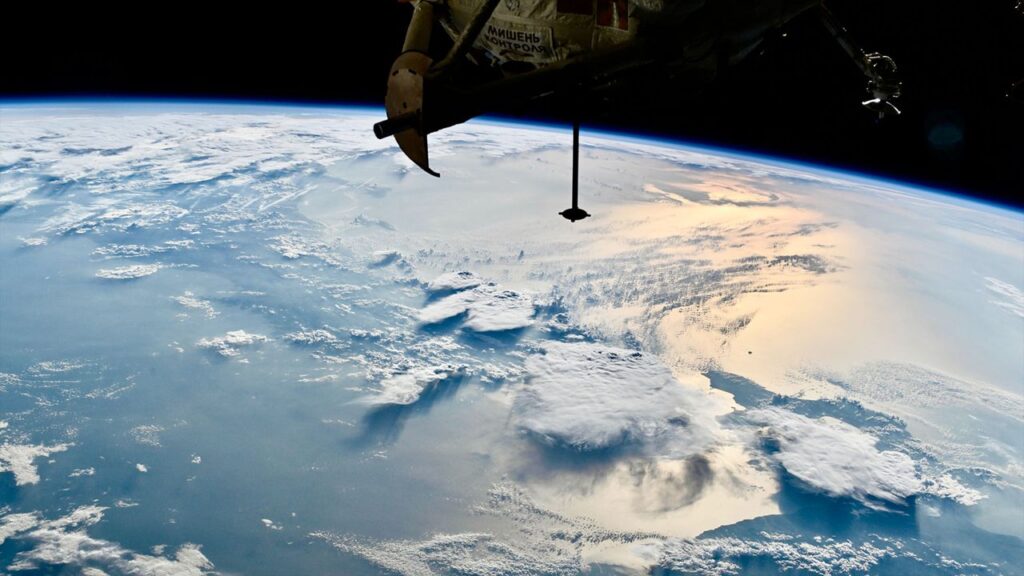
The Expedition 73 crew aboard the International Space Station (ISS) has maintained its research and operational activities this week, despite the initiation of a U.S. government shutdown. The astronauts focused on various scientific studies and system maintenance from September 29 to October 3, 2025.
Highlights of Ongoing Research
NASA astronaut Jonny Kim activated the State-of-the-art Humidity Removal in Microgravity Payload (SHRIMP). This device is essential for extracting moisture from the spacecraft’s atmosphere, allowing for water reuse. This advancement is particularly significant for long-duration missions, where resource management is critical.
Another experiment, known as Heat Transfer Host 2, was installed by fellow NASA astronaut Mike Fincke. This project aims to investigate condensation processes, contributing to the development of improved thermal systems for future crewed missions into deep space.
Meanwhile, Zena Cardman, also from NASA, installed new sample cassettes for the Advanced Space Experiment Processor-4. This study focuses on the manufacturing of pharmaceuticals in microgravity, potentially revolutionizing drug production in space environments.
Maintenance and Preparations for Future Research
In addition to scientific projects, the Expedition 73 crew participated in vital maintenance tasks to ensure the ISS remains operational. Mike Fincke and Jonny Kim configured the Fluid Science Laboratory, a European Space Agency (ESA) apparatus, which investigates the behavior of fluids in microgravity. They replaced electrical cables and assembled components for the ongoing research.
Fincke also took the lead on the TransAstra Fly Trap Capture Bag Demo, installing it into the NanoRacks Bishop airlock. This test aims to demonstrate the bag’s ability to remain airtight and functional in a weightless environment, which could aid in the capture and disposal of space debris.
Additionally, Kimiya Yui from the Japan Aerospace Exploration Agency (JAXA) made adjustments to the Electrostatic Levitation Furnace. This device heats materials to extreme temperatures while collecting data on their thermo-physical properties, a process crucial for material science research.
As of October 3, 2025, seven astronauts continue to reside aboard the ISS. The crew includes Expedition 73 commander Sergey Ryzhikov and fellow cosmonauts Alexey Zubritsky and Oleg Platonov, alongside the NASA team of Kim, Cardman, and Fincke, as well as Kimiya Yui.
There are currently two crewed spacecraft docked to the ISS: SpaceX’s Dragon “Endeavour” and Roscosmos’ Soyuz MS-27. In addition, four cargo spacecraft are present, including Roscosmos’ Progress MS-31 and M-32, SpaceX’s CRS-33 Dragon, and Northrop Grumman’s NG-23 Cygnus XL, the “SS William C. ‘Willie’ McCool.”
The ISS has been continuously crewed for an impressive 24 years, 11 months, and 1 day, showcasing the remarkable endurance of human presence in space. As the crew navigates the challenges posed by the government shutdown, their commitment to scientific advancement and international cooperation remains unwavering.







